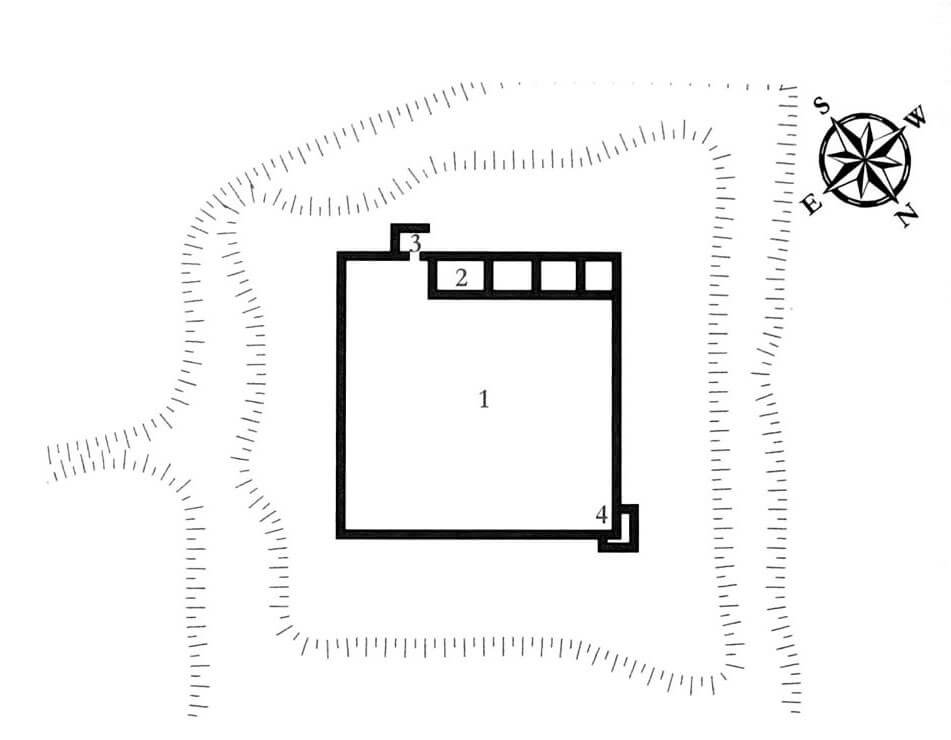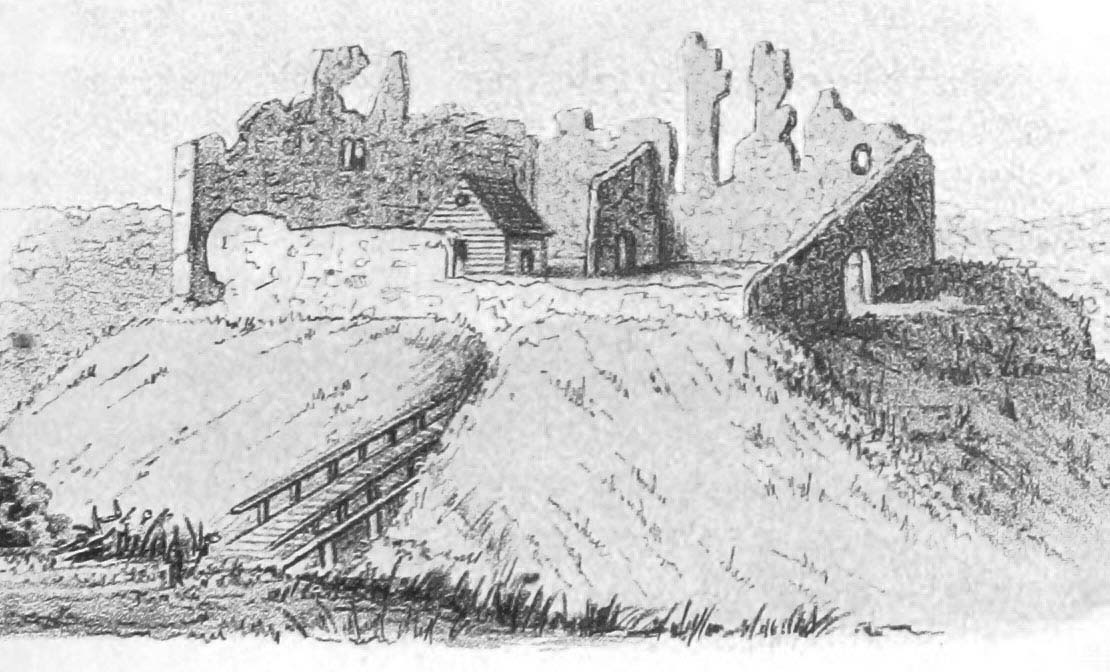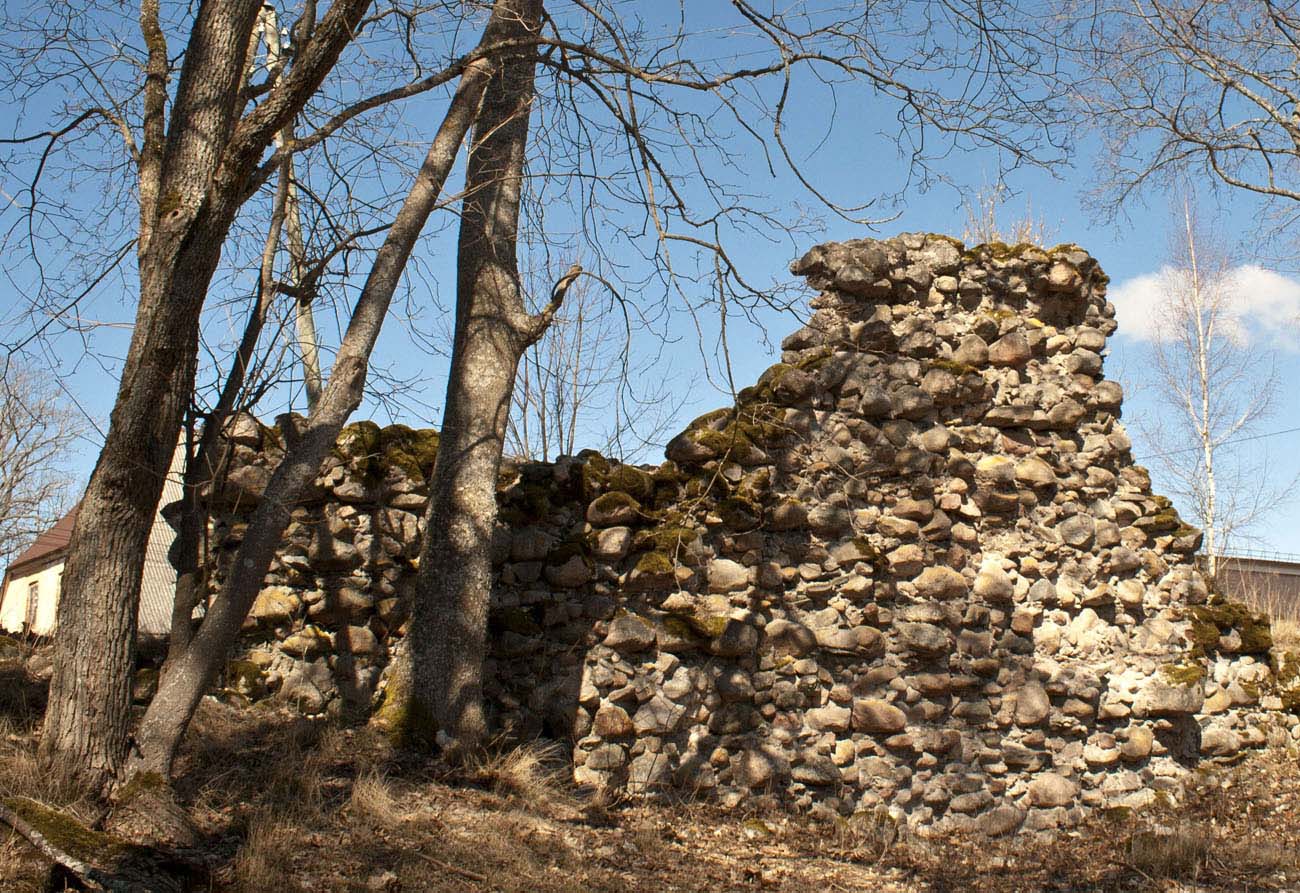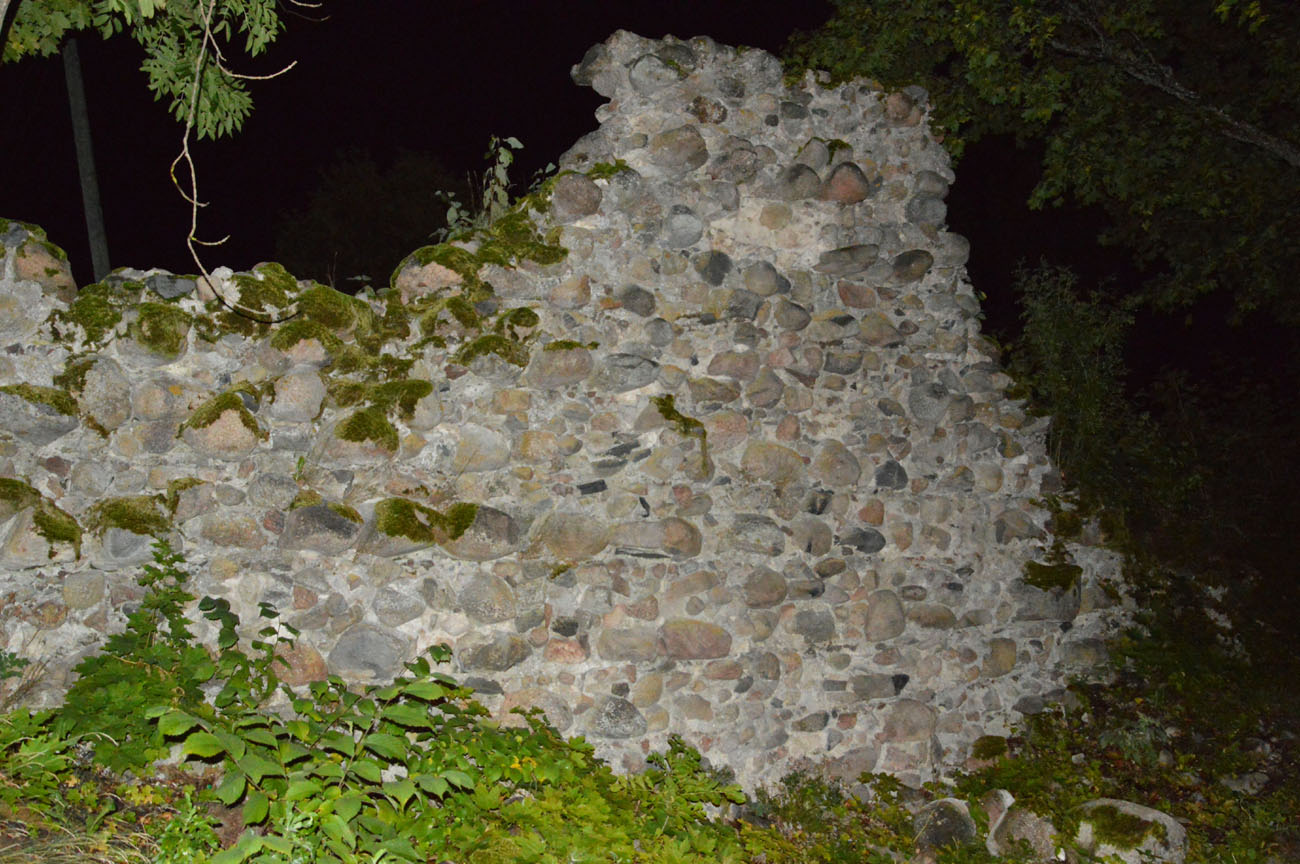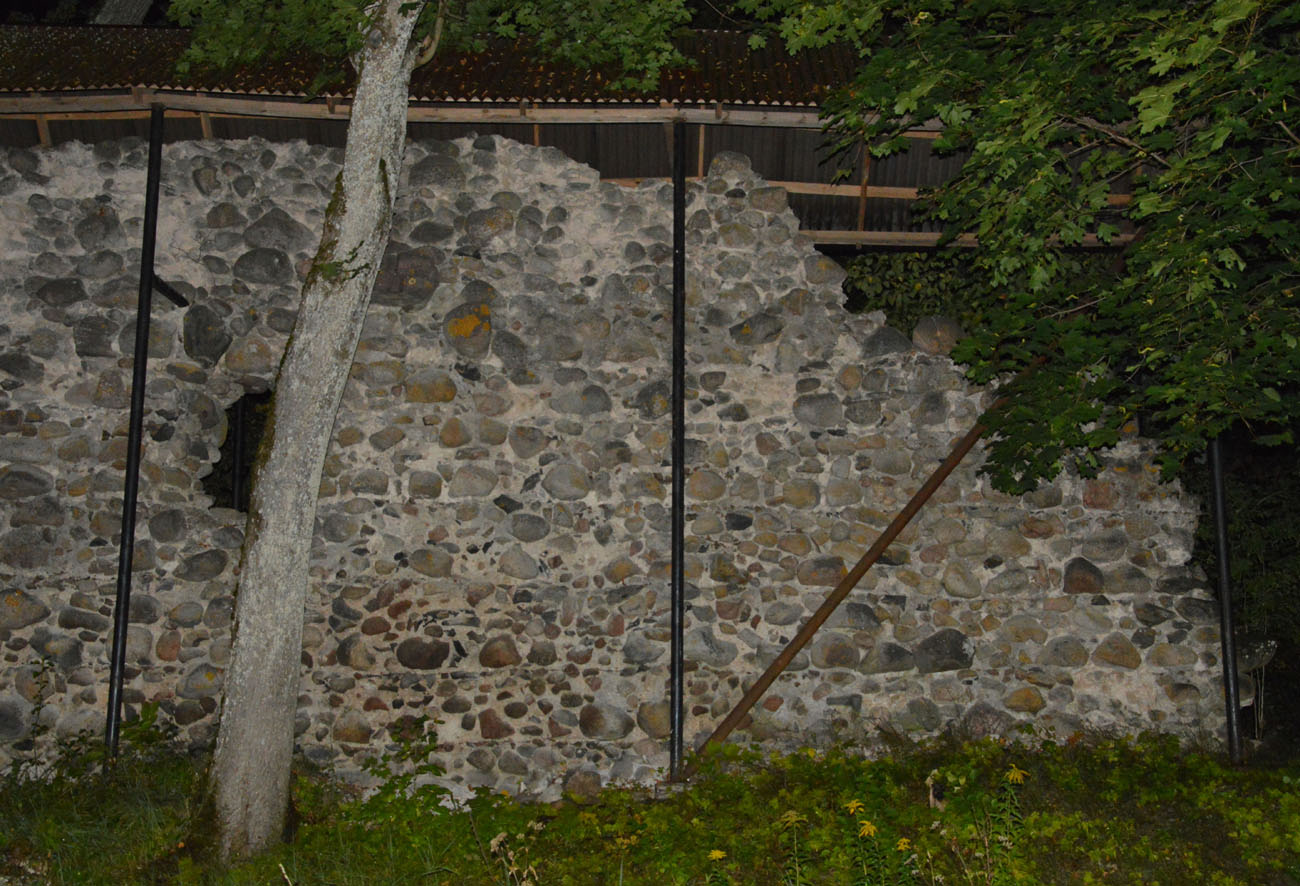History
The construction of the castle probably began in the second half of the 14th century, and the first historical mention about it dates back to 1427. It lay in a strategically important place, as it controlled a narrow strip of land belonging to the Archbishopric of Riga, connecting with the Dorpat bishopric and at the same time separating the lands of the Teutonic Order. Thus, this strip enabled the connection between two independent bishop’s authorities. Apart from military and administrative functions, the castle together with the nearby settlement was also a regional trade center. Due to its south-eastern position, Smilten was exposed to the attacks of the Muscovite troops, which twice, in 1559 and 1560, destroyed the stronghold. After the withdrawal of Ivan the Terrible troops, the authorities of the Polish–Lithuanian Commonwealth created a starosty in the castle. However, these governments did not last long and in the first half of the 17th century Smilten fell under Swedish rule. Its final destruction was brought by the Swedish-Russian war in 1702.
Architecture
The architecture of the building gave it a form of so-called roadside castle. It consisted of a defensive wall and a ditch surrounding a large, almost square-shaped courtyard. Its large free space could be used as temporary camp for merchant carts, armed units or supply transports. The main gate, probably placed in the gate tower, was located on the south-western side of the courtyard. Right next to it stood a stone, residential building. Another defensive element of the castle was a small tower placed in the north corner of the defensive walls.
Current state
Currently, only small fragments of the walls, located between the modern buildings that partially cover them, have survived from the castle.
bibliography:
Borowski T., Miasta, zamki i klasztory. Inflanty, Warszawa 2010.
Tuulse A., Die Burgen in Estland und Lettland, Dorpat 1942.

